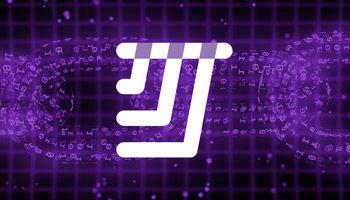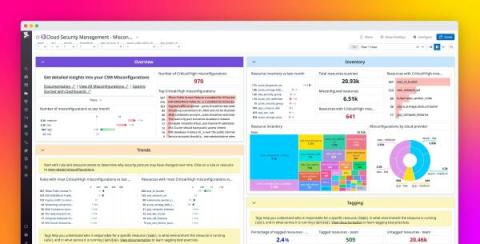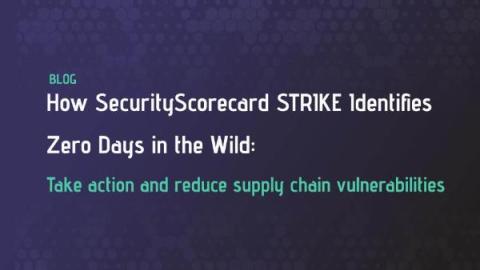An introduction to password security: How to crack a password
Have you ever thought about how and why passwords are cracked? This article introduces password cracking, focusing on common strategies and tools used by security professionals and malicious users. We also discuss the composition of secure passwords, and why certain approaches are more effective than others. Cracking passwords can be done very easily in certain situations. The time taken and likelihood to successfully crack a password often depends on the password strength.










